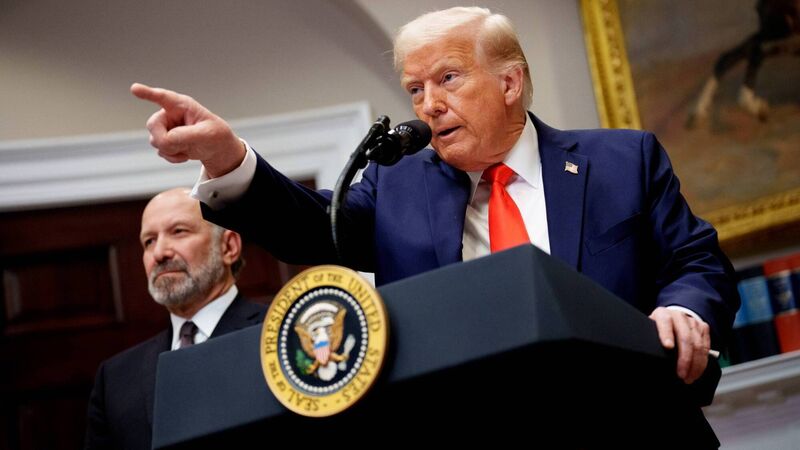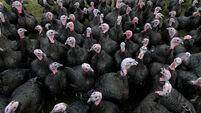Trump's planned tariffs on EU goods sold to the US will impact Irish dairy industry

With Trump saying the EU does not accept farm products from the United States, he is likely to target EU dairy products with his 25% tariff, details of which will probably be announced in early April. Picture: Andrew Harnik/Getty Images
A Donald Trump-shaped cloud appeared over the Irish dairy industry last week, as he announced import tariffs of 25% would be imposed "very soon" on EU "cars, and all of the things”.
If "all of the things” include dairy products, Ireland's Kerrygold at the end of the rainbow could become much less valuable.












